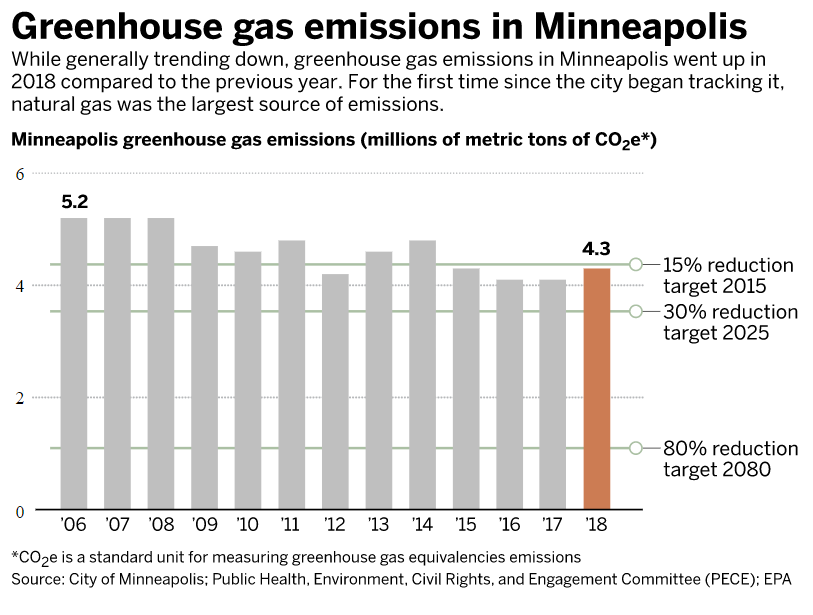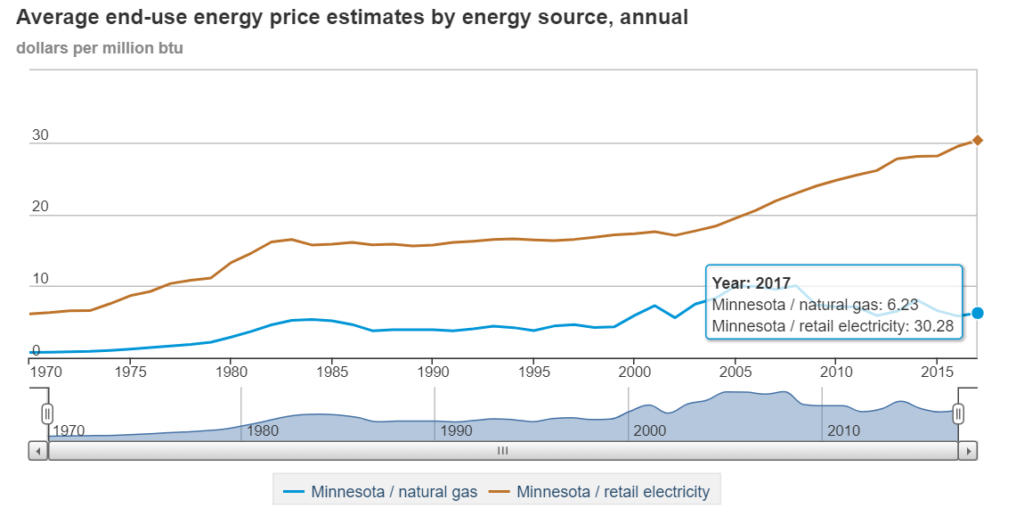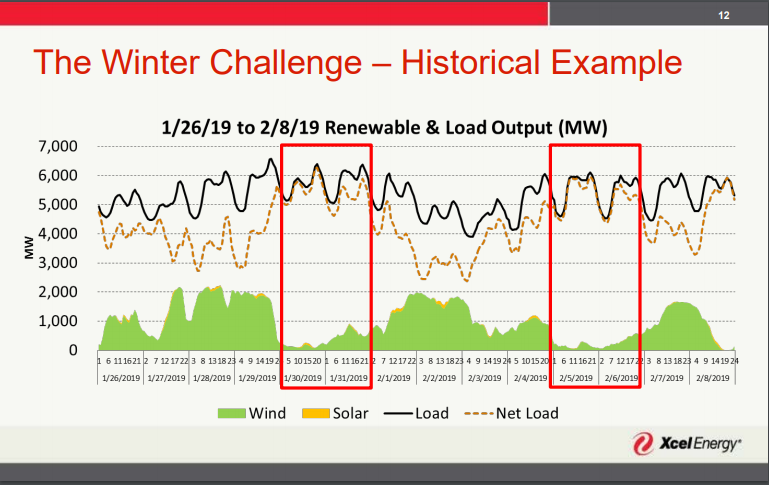Clueless Minneapolis City Leaders and Sam Rockwell Are the Problem, Not Natural Gas Use
Elected officials and planners in the city of Minneapolis are lamenting the fact that carbon dioxide emissions from natural gas increased in 2018, and that the city is not on track to meet it’s 2050 CO2 emissions targets, according to an article in the Star Tribune. Sam Rockwell, who is the president of the Minneapolis Planning Commission, also wrote to the Strib that natural gas use must be slashed, and encouraged Minneapolis to follow the lead of Berkeley California, and ban the use of natural gas in new construction.
However, it is the unrealistic, expensive, and ultimately heartless carbon dioxide emissions reduction goals foisted upon us by city planners, not natural gas use, which is the true problem faced by Minneapolis residents, myself included.

In 2015, Minneapolis adopted carbon dioxide emissions goals of reducing emissions by 80 percent below 2006 levels by 2050. Unfortunately, this goal can only be reached by severely reducing the standard of living for residents of the city.
Natural gas is the primary fuel used for heating in Minnesota, and the number of households that use natural gas to stay warm is higher in the metro than in other areas of the state. This is a good thing, because it is far more affordable to heat homes with natural gas than it is to use electricity.
Data from the U.S. Energy Information Administration show that, in Minnesota, electricity is 500 percent more expensive than natural gas on an energy equivalent basis. It is also worthy to note that natural gas prices have fallen by 38 percent since peaking in 2008 due to the revolution in hydraulic fracturing, or “fracking,” which has made the United States the largest producer of natural gas in the world.

In contrast, electricity prices have increased by 56 percent since 2005, the first year a Minnesota utility was required to purchase renewable energy, and divergence between the cost natural gas and electricity has been exacerbated by Minnesota’s requirement that 25 percent of the state’s electricity come from renewable sources (excluding large hydro) with 1.5 percent of that electricity coming from solar. This cost disparity will only continue to grow as we mandate more renewables on the grid.
This means forcing people to heat their homes with electricity, rather than gas, will result in an immoral increase in the cost of staying warm in Minnesota’s frigid winters.
Immoral may seem like a strong word, but it probably isn’t strong enough because research shows people are more likely to die when they can’t afford to pay the heating bill.
For example, the National Bureau of Economic Research concluded that more than 11,000 lives have been saved annually because low-cost natural gas is reducing heating bills and thereby increasing people’s access to warm homes. For a City that pretends to care about reducing income inequality and helping groups have been historically marginalized, increasing the cost of staying warm during harsh Minnesota winters is the one of the most regressive, cruel, and potentially deadly policies they could implement.
The use low-cost natural gas for home heating should be viewed as a powerful tool to remedy poverty, not a problem whose use must be dramatically slashed or banned in new construction, as Mr. Rockwell argues.
Minneapolis is not Berkeley, and ignoring this reality and pursuing to replicate Berkeley’s ban on natural gas would be among the most irresponsible policies City officials could enact. For example, average temperatures January in Berkeley, California range from a low of 44 degrees F at night, to 58 degrees F during the day. In contrast, average January temperatures in Minneapolis range from a high of 22 degrees F to a low of 6 F.
As we all know, the mercury can dip down far below 6 degrees above zero, and Minnesota saw temperatures of negative 24 degrees on January 29, 2019 as a polar vortex swirled around the Midwest. The extreme cold presents a unique challenge for those who wish to decarbonize the electric grid: wind turbines are shut down when it gets too cold (about -20 degrees F) to prevent them from breaking down.
This is exactly what happened last winter. The graph below shows wind and solar output on Xcel Energy’s system during the polar vortex were nearly non-existent. Regional grid operators called an emergency order and utilities were barely able to keep the power on at a time when widespread blackouts would be deadly.

The lights, and more importantly, furnaces, stayed on because coal, natural gas, and nuclear power produced enough power to prevent a widespread blackout. Wind simply cannot deliver under such circumstances, and Ralph Jacobson of IPS Solar has stated that it is too expensive to clear the snow off of solar panels in the winter time.
In pursuing policies to eliminate natural gas and increase reliance on renewable energy, city officials are gambling with the lives of their residents. Here’s to hoping they wise up before it is too late.